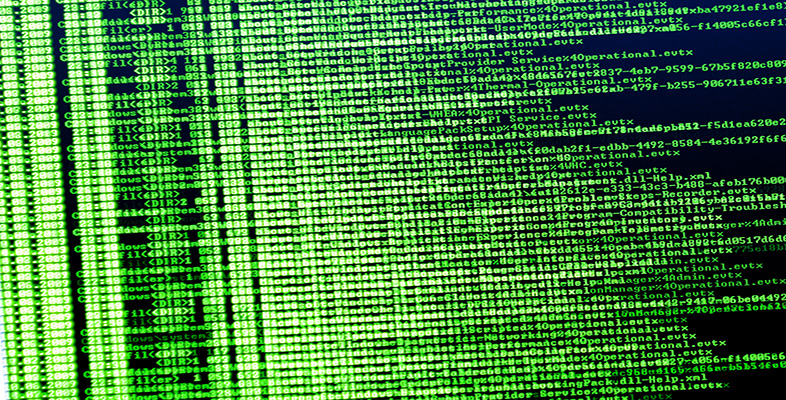2.6 Body weights and brain weights for animals
The next data set comprises average body and brain weights for 28 kinds of animal, some of them extinct. The data are given in Table 6.
| Species | Body weight (kg) | Brain weight (g) |
|---|---|---|
| Mountain Beaver | 1.350 | 8.100 |
| Cow | 465.000 | 423.000 |
| Grey Wolf | 36.330 | 119.500 |
| Goat | 27.660 | 115.000 |
| Guinea Pig | 1.040 | 5.500 |
| Diplodocus | 11700.000 | 50.000 |
| Asian Elephant | 2547.000 | 4603.000 |
| Donkey | 187.100 | 419.000 |
| Horse | 521.000 | 655.000 |
| Potar Monkey | 10.000 | 115.000 |
| Cat | 3.300 | 25.600 |
| Giraffe | 529.000 | 680.000 |
| Gorilla | 207.000 | 406.000 |
| Human | 62.000 | 1320.000 |
| African Elephant | 6654.000 | 5712.000 |
| Triceratops | 9400.000 | 70.000 |
| Rhesus Monkey | 6.800 | 179.000 |
| Kangaroo | 35.000 | 56.000 |
| Hamster | 0.120 | 1.000 |
| Mouse | 0.023 | 0.400 |
| Rabbit | 2.500 | 12.100 |
| Sheep | 55.500 | 175.000 |
| Jaguar | 100.000 | 157.000 |
| Chimpanzee | 52.160 | 440.000 |
| Brachiosaurus | 87000.000 | 154.500 |
| Rat | 0.280 | 1.900 |
| Mole | 0.122 | 3.000 |
| Pig | 192.000 | 180.000 |
(Jerison, H.J. (1973) Evolution the brain and intelligence. Academic Press, New York.)
These data raise interesting questions about their collection and the use of the word ‘average’. Presumably some estimates may be based on very small samples, while others may be more precise. On what sampling experiment are the figures for Diplodocus, Triceratops and other extinct animals based? The three-decimal-place ‘accuracy’ given throughout the table here is extraordinary (and certainly needs justification).
Putting these concerns to one side for the moment, it would seem obvious that the two variables, body weight and brain weight, are linked. But what is the relationship between them and how strong is it? Can the strength of the relationship be measured? Is a larger brain really required to govern a larger body? These data give rise to a common problem in data analysis which experienced practical analysts would notice as soon as they look at such data. Can you identify the difficulty? Later, when we plot these data, you will see it immediately.
